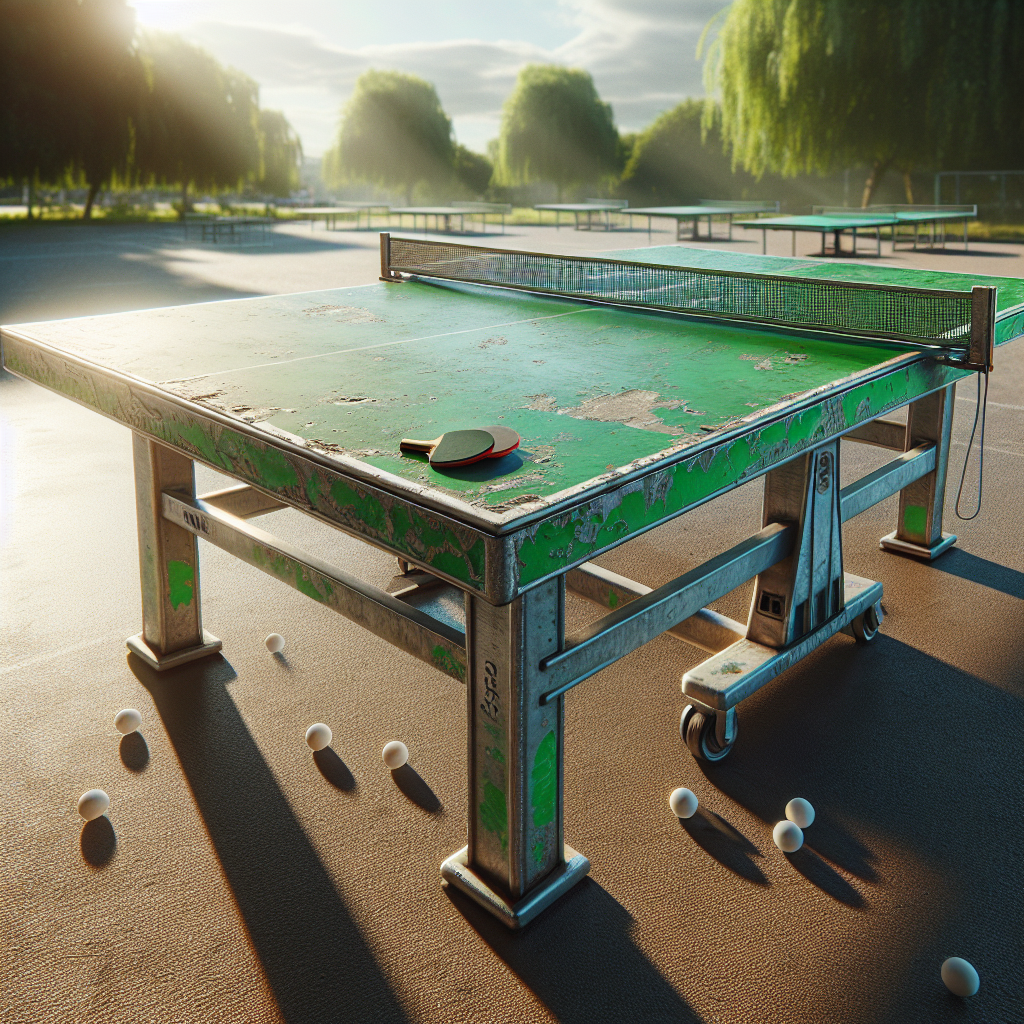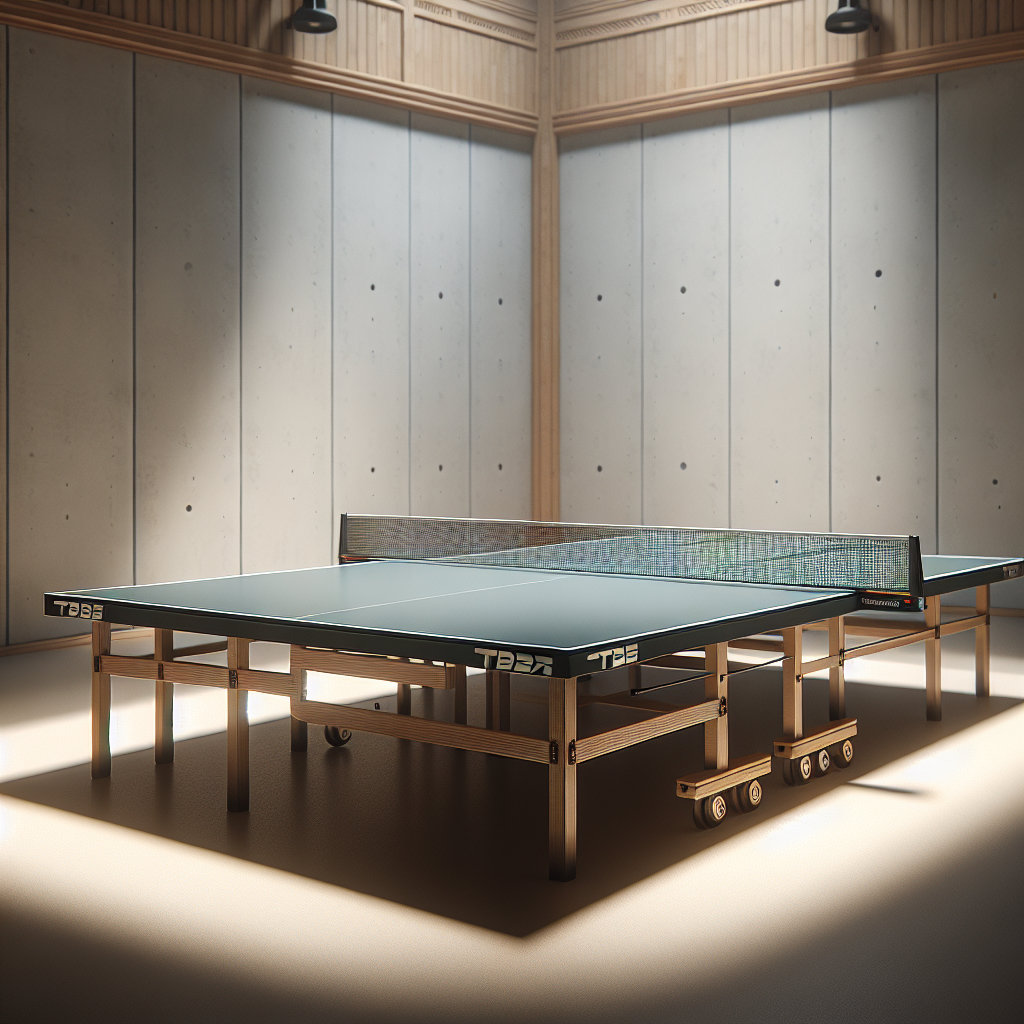Get the Hang of Ping Pong Rules
To really get into ping pong, you gotta know the rules. Let’s break down the game structure, scoring, and serving rules so you can play like a pro.
Game Structure and Scoring
Ping pong games usually go up to 11 points, but you gotta win by at least two points. Matches are often best three out of five games, so the first to win three games takes the match (Olympics).
Points are scored by hitting the ball over the net and landing it on your opponent’s side. Each rally starts with a serve, and players switch serving every two points. But if the score hits 10-10, the serve alternates after each point.
Serving Rules
Serving is a big deal in ping pong, and there are some rules you gotta follow. The server needs to hold the ball in an open hand and toss it at least 6 inches up before hitting it with the paddle. The ball has to go over the net and land in the opponent’s service box diagonally. Mess this up, and your opponent gets a point.
To keep things fair, players switch serves every two points, except when it’s 10-10. Then, the serve switches after every point until someone gets a two-point lead.
There are more rules to the game, but these are the basics. For the full rundown, check out the official ping pong rules or official table tennis rules.
By knowing the game structure, scoring, and serving rules, you’ll be ready to jump into any ping pong match with confidence. Whether you’re playing singles or doubles, sticking to the rules makes the game fair and fun for everyone.
Doubles Play in Ping Pong
Ping pong isn’t just a solo gig; it gets twice as fun with doubles. Two players on each team face off, adding a whole new level of strategy and teamwork. Let’s break down the serving rotation and net etiquette that make doubles play unique.
Serving Rotation
In doubles ping pong, the serving rotation is like a dance routine. Each team takes turns serving every two points. But if the score ties at 10-10, the serve switches every point. This keeps things fair and square.
When serving, the ball must travel from the right court to the right court. After each team serves twice, partners switch places. This shuffle ensures no one hogs the spotlight and keeps the game balanced.
Doubles Net Etiquette
Net etiquette in doubles ping pong is all about playing nice and keeping the game smooth. Here are some key points to remember:
-
Communication: Talk to your partner! Clear communication helps you coordinate shots, positions, and strategies. It’s like a secret language that keeps you in sync.
-
Avoid Hindering Opponents: Don’t be a table hog. Stay on your side and don’t block your opponents’ view or movement. Let them play their game too.
-
Respect the Net: The net is off-limits. Don’t touch it with your body or racket. If you do, the other team gets the point. Simple as that.
-
Sportsmanship: Be a good sport. Compliment your opponents on great shots and keep the trash talk to a minimum. No one likes a sore loser or a gloating winner.
Doubles play is all about teamwork. Work with your partner to bring out the best in each other. Stick to the serving rotation and net etiquette, and you’ll have a blast while keeping the game fair and fun.
For more on ping pong rules and scoring, check out our articles on official ping pong rules and table tennis rules and regulations.
Table Tennis Gear: What You Need to Know
If you want to play by the official ping pong rules, you gotta know your gear. Let’s break down the essentials: the table and the net.
Table Size
A standard ping pong table is 9 feet long, 5 feet wide, and 2.5 feet high. The playing surface is usually made from particleboard, MDF, or plywood, topped with a thin laminate layer. The table is split into two halves by a net that’s 6 inches high.
Table thickness ranges from 12mm to 25mm. For official competitions, the surface needs to be at least 22mm thick. Thicker tables (20-25mm) give a better, more consistent bounce, which pros love. Thinner tables (12-15mm) have a lower bounce and slower gameplay, making them great for beginners or casual play.
Thicker tables are also more durable and stable, resisting warping or sagging over time. They can handle intense rallies and powerful shots. Thinner tables are fine for recreational or practice sessions (STIGA).
Net Specs
The net is crucial—it splits the table in half. It must be 6 inches high and stretched tightly across the table’s width. A white cord runs along the top for visibility. The posts holding the net should be at the center of each end of the table and also 6 inches tall (STIGA).
Setting up the net correctly is key for fair play. It ensures the ball doesn’t touch or mess with the net during the game.
Knowing your table and net specs means you can set up a legit playing area and stick to the ping pong rules. Having the right gear makes the game more fun and fair for everyone.
Winning in Table Tennis
Alright, let’s break down how to ace your table tennis game. Knowing the point system and match formats is your ticket to victory. So, let’s get into it.
Game Point System
In table tennis, you win a game by being the first to score 11 points. But if both players hit 10 points, you need to get a 2-point lead to win. This rule keeps things exciting and ensures a clear winner.
Every time your opponent messes up, you get a point. First to 11 points wins, unless it’s tied at 10-10. Then, it’s a race to get ahead by 2 points. This makes the game intense, as players push hard to snag that winning edge.
Match Formats and Rules
Matches usually follow a best-of-seven format for singles and best-of-five for doubles. So, in singles, you need to win four out of seven games. In doubles, it’s three out of five (Olympics).
Rules can change depending on the event, but the main goal is to win most of the games. This setup allows for strategic play and epic comebacks, making it thrilling for both players and fans.
To win in table tennis, you need to understand the point system and match formats. Focus on scoring points, keep your competitive spirit, and tweak your strategies based on the match format. This will boost your chances of winning. For more details on the rules, check out our article on official table tennis rules.








